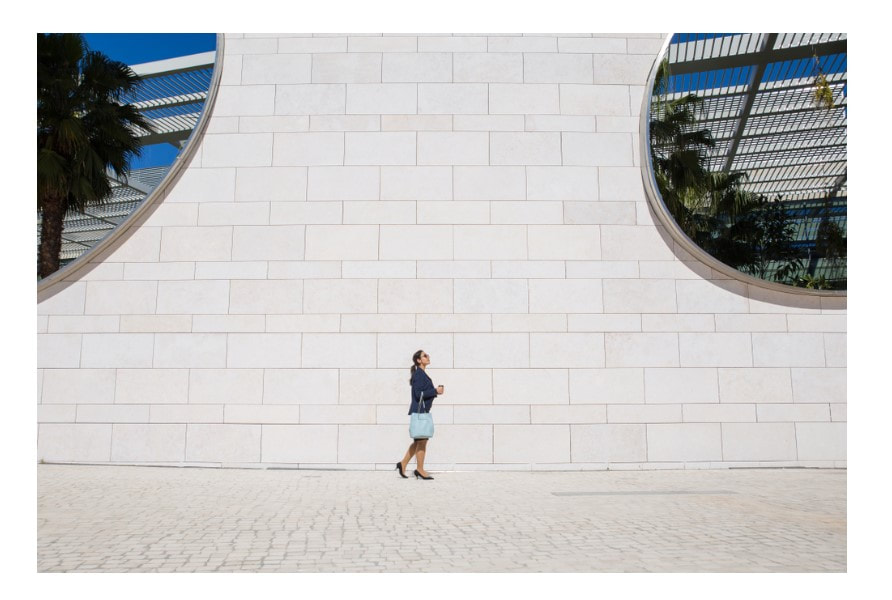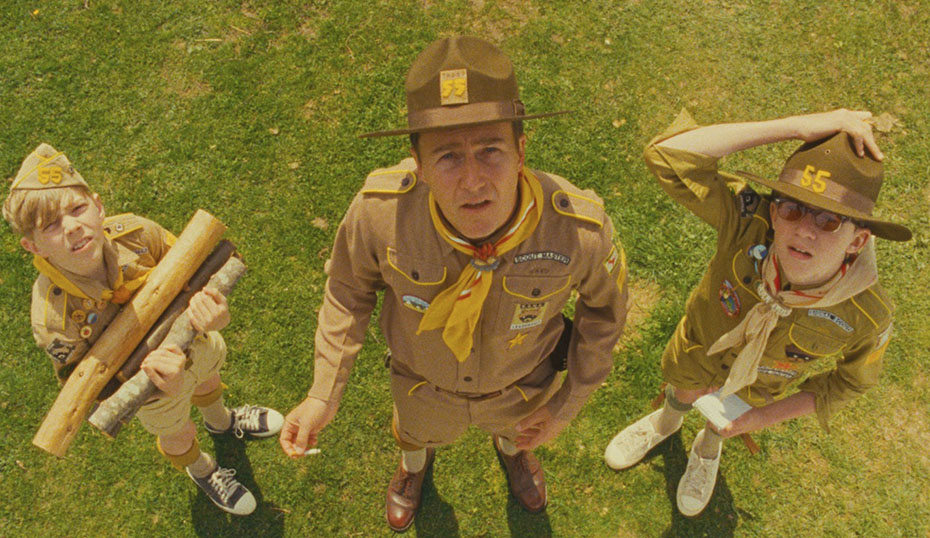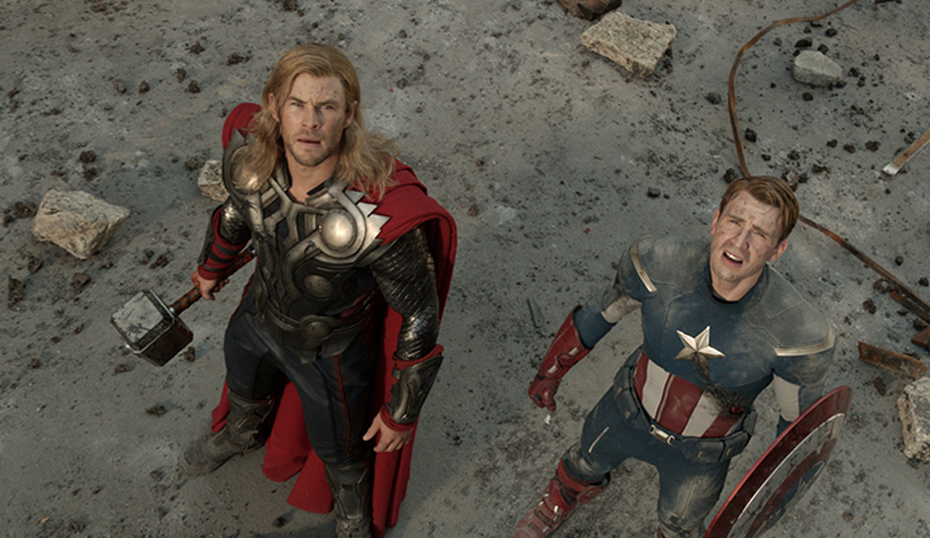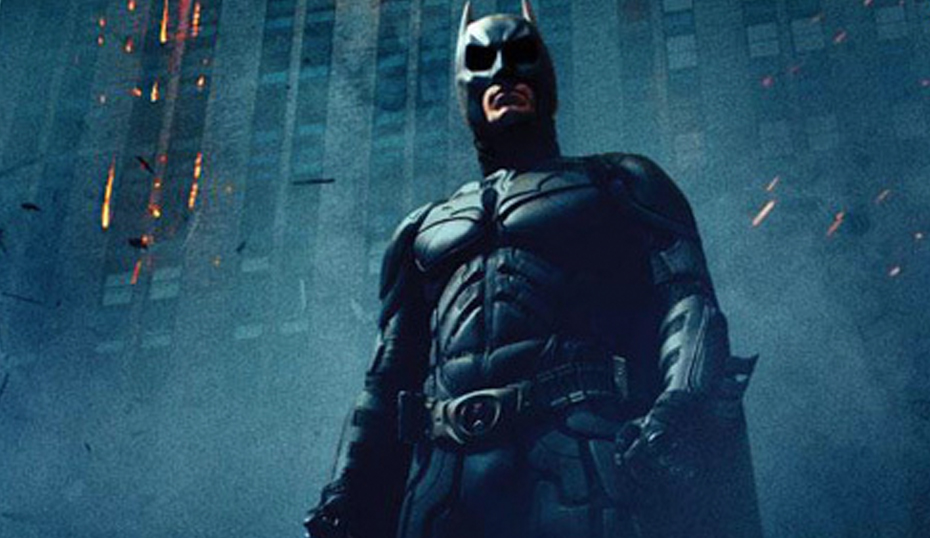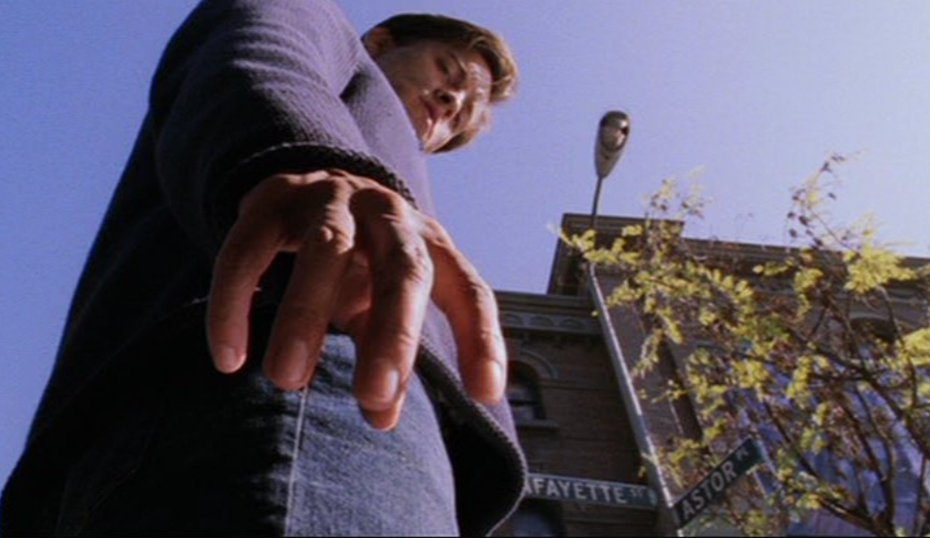Cinematic Technique 2023-24 Extreme Long Shot
- The Optional Cinematic Technique for 2023-24 is the use of the EXTREME LONG SHOT
- Here is a link to some examples: https://georgedavisonstudios.com/blog/when-to-use-the-extreme-long-shot/
- This is NOT required.
2018-19 Extreme Close-up
The extreme close up is an even tighter shot on a subject than a close-up. The extreme close up shot frequently has the subject take up the majority or even all of the frame when used to frame a person. It often features only their facial features. The extreme close-up shot is traditionally used in film to allow the viewer to enter the character's intimate space, revealing certain characteristics and emotions that would otherwise go unnoticed from afar.
2017-18 Point of View Shot
A point of view shot (also known as POV shot, first-person shot or a subjective camera) is a short film scene that shows what a character (the subject) is looking at (represented through the camera). It is often established by being positioned between a shot of a character looking at something, and a shot showing the character's reaction. POV shots are not always limited to human points of view https://nofilmschool.com/2017/08/4-kinds-pov-shots-how-use-them-creatively-your-films
2016-17 High/Low Angle Shot
A high-angle shot is a cinematic technique where the camera looks down on the subject from a high angle and the point of focus often gets "swallowed up." High-angle shots can make the subject seem vulnerable or powerless when applied with the correct mood, setting, and effects.
A low-angle shot, is a shot from a camera angle positioned low on the vertical axis, anywhere below the eye line, looking up. Sometimes, it is even directly below the subject's feet. Psychologically, the effect of the low-angle shot is that it makes the subject look strong and powerful.
A low-angle shot, is a shot from a camera angle positioned low on the vertical axis, anywhere below the eye line, looking up. Sometimes, it is even directly below the subject's feet. Psychologically, the effect of the low-angle shot is that it makes the subject look strong and powerful.
